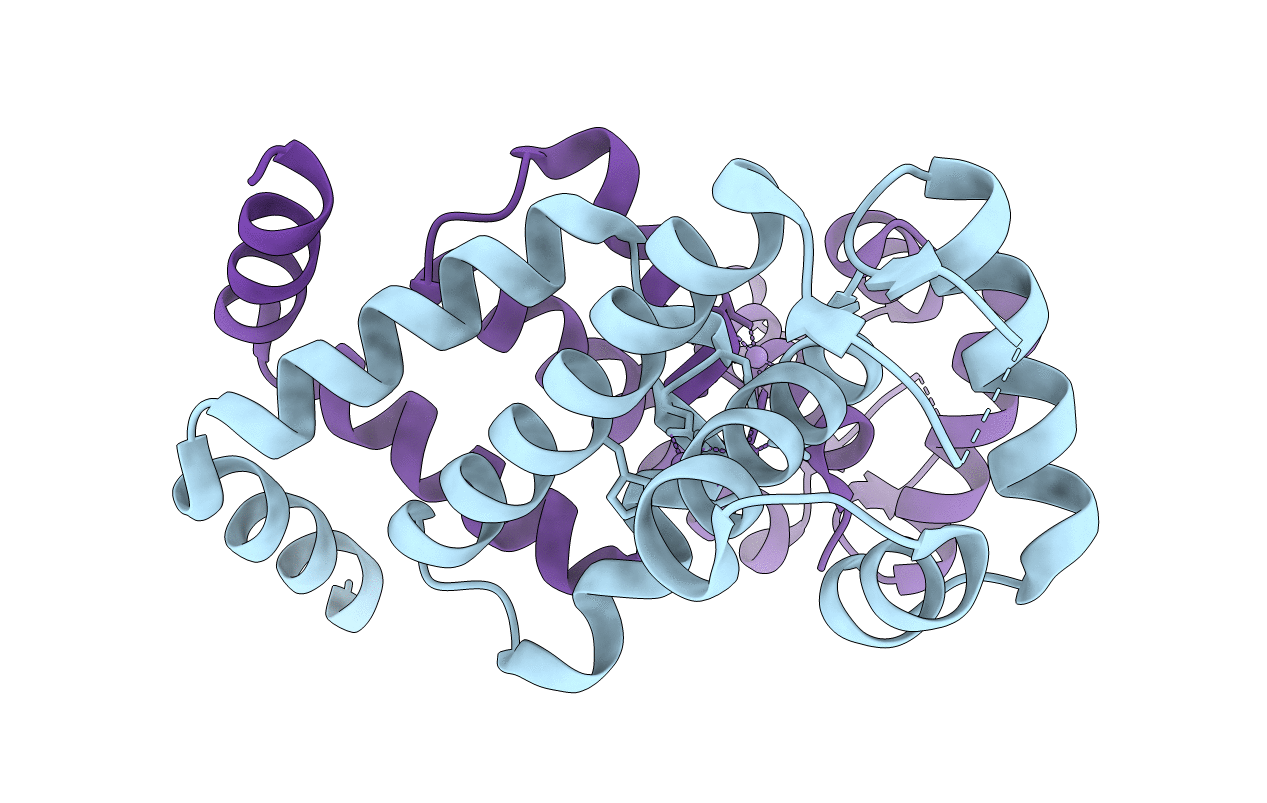
Deposition Date
2005-11-25
Release Date
2006-03-07
Last Version Date
2023-08-23
Entry Detail
PDB ID:
2F5D
Keywords:
Title:
Bacillus subtilis manganese transport regulator (MNTR) bound to manganese, AC conformation, pH 6.5
Biological Source:
Source Organism:
Bacillus subtilis (Taxon ID: 1423)
Host Organism:
Method Details:
Experimental Method:
Resolution:
1.90 Å
R-Value Free:
0.23
R-Value Work:
0.21
R-Value Observed:
0.21
Space Group:
P 1 21 1


